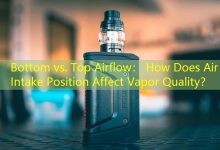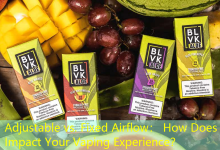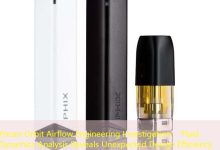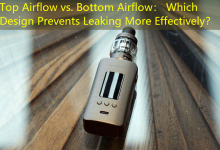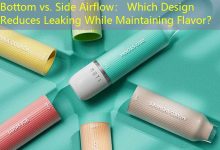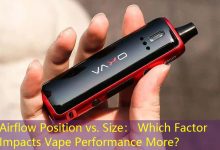Ncaj Nraim. Tsis ncaj ncees airflow: Uas tsim qauv tsim tawm cov tsw zoo dua?
Hauv lub ntiaj teb ntawm vaping, airflow tsim tau dhau los ua ib qho tseem ceeb heev hauv kev txiav txim siab tag nrho cov kev paub. Ob qho chaw teeb tsa-ncaj qha Airflow thiab Indirect Airflow-qhia cov yam ntxwv sib txawv uas tuaj yeem cuam tshuam dab tsw tsw qab zib, vapor ntau lawm, thiab cov neeg siv kev txaus siab. Kab lus no yuav delve rau cov specifications, kev ua kom zoo nkauj, ua yeeb yam, thiab tus neeg siv cov pej xeem txuam nrog cov kev tsim cua no los pab kev nyiam kev nyiam ua kev txiav txim siab.
Cov Khoom Txheej Txheem thiab Cov Lus Qhia Tshwj Xeeb
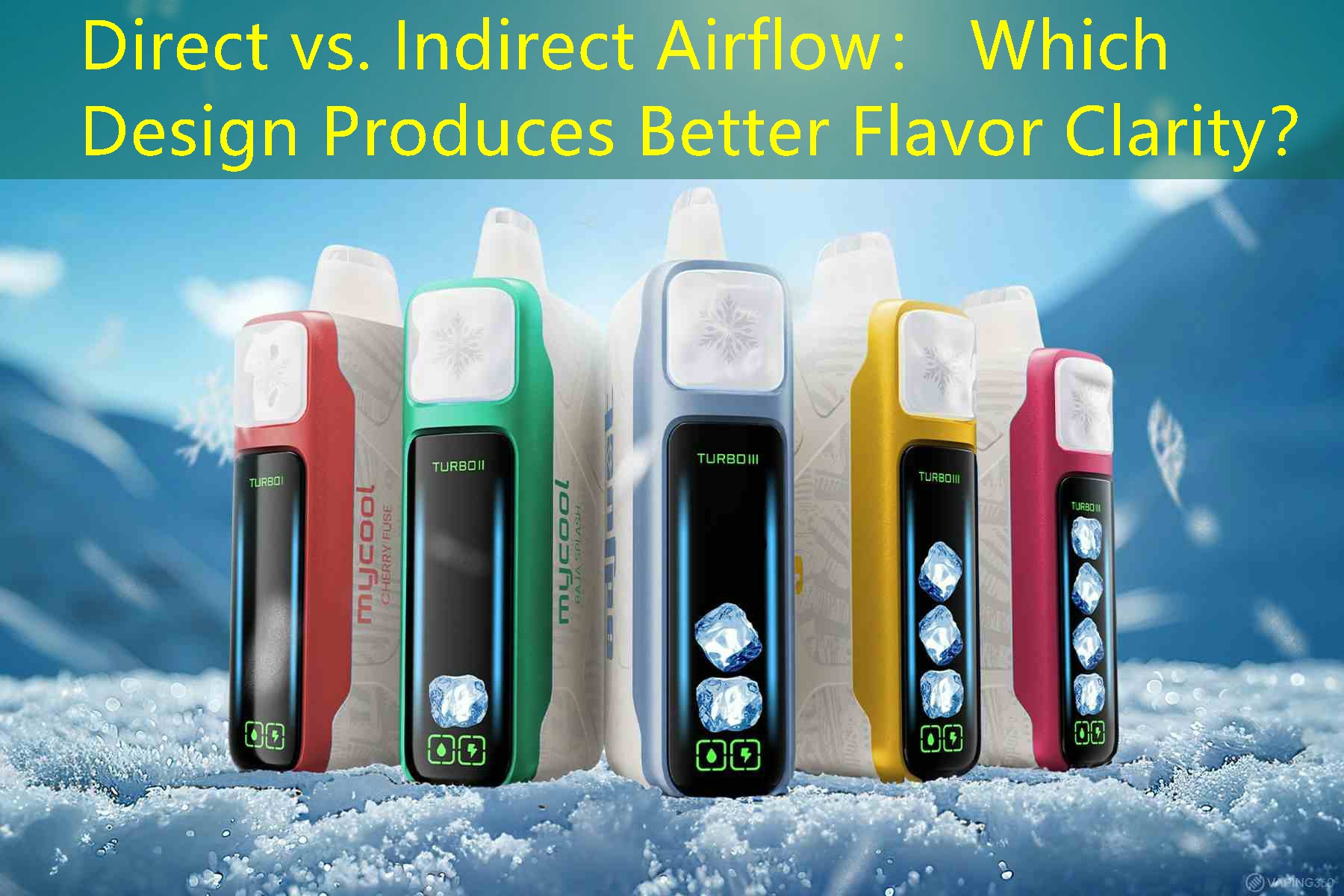
When examining direct and indirect airflow systems, Nws yog qhov tseem ceeb uas xav txog lawv cov qauv tsim thiab cov kev qhia tshwj xeeb. CUA NTEV NTAU HOM TSHWJ XEEB DAB NTAWD KEV PAB RAU HAUV CUA LOS, tso cai rau ib qho kev tso tawm nrawm qha rau hauv coil. This design often results in denser vapor and amplified flavor clarity. Sib tham, indirect airflow systems introduce more pathways for air, which can create a smoother vaping experience while potentially diluting flavor intensity.
A typical vaping device using direct airflow might have a 0.2-ohm coil for rapid heating, a wattage range of 50-100W, and a larger e-liquid capacity of around 4-6ml. Nyob rau hauv sib piv, devices employing indirect airflow may have more intricate airflow channels, often paired with smaller coil resistances (0.5-1.0 ohm) and lower wattages (10-30W) for a balance between flavor and cloud production.
Aesthetics and Build Quality
The aesthetic appeal of vaping devices can vary significantly based on the airflow design. Direct airflow devices often have a more robust and streamlined appearance, reflecting the straightforward functionality they offer. Materials used can range from stainless steel to high-grade plastic, with finishes available in multiple colors.
Ntawm qhov tod tes, indirect airflow devices frequently feature a more complex and sculpted design, reflecting their multifaceted approach to airflow. Users might find these devices equipped with adjustable airflow rings that allow for customization, enhancing the user experience and visual appeal. Factor in the weight, grip, and size of each design, and one can appreciate how aesthetics can influence user satisfaction.
Flavor Delivery and Duration
A common debate among vapers is which airflow design yields superior flavor clarity. Direct airflow systems often provide intense flavor profiles that resonate well with concentrated e-liquids, while indirect airflow systems can create a smoother inhalation, favoring less intense flavoring options.
Flavor delivery duration also varies. Direct airflow devices tend to produce flavors that hit harder and last longer on the palate due to their efficient cooling of vapor, whereas indirect airflow might offer a more muted experience, with flavors being less pronounced over extended sessions.
Roj Teeb Lub Neej Thiab Them
Battery performance is vital in assessing overall device efficiency. Many direct airflow devices are equipped with more powerful batteries, often ranging from 2000mAh to 3000mAh, allowing for prolonged use without frequent charging. Charging times can vary but often range from 1 rau 2 hours via USB-C connections. Indirect airflow devices may utilize less power, resulting in extended battery life but often at the cost of output intensity.
Kev ua tau zoo thiab cov neeg siv kev paub
The performance of a vaping device is heavily influenced by its airflow design. Direct airflow setups usually favor lung hits, producing thicker vapor and richer flavor, whereas indirect airflow appeals to those who prefer mouth-to-lung hits, offering a more gentle approach.
When considering user experience, individuals’ preferences will dictate which design is more suitable. Direct airflow benefits those who seek robust flavor profiles and dense vapor. Nyob rau hauv sib piv, indirect airflow will suit users looking for a smoother experience without overwhelming intensity.
Pros thiab Cons
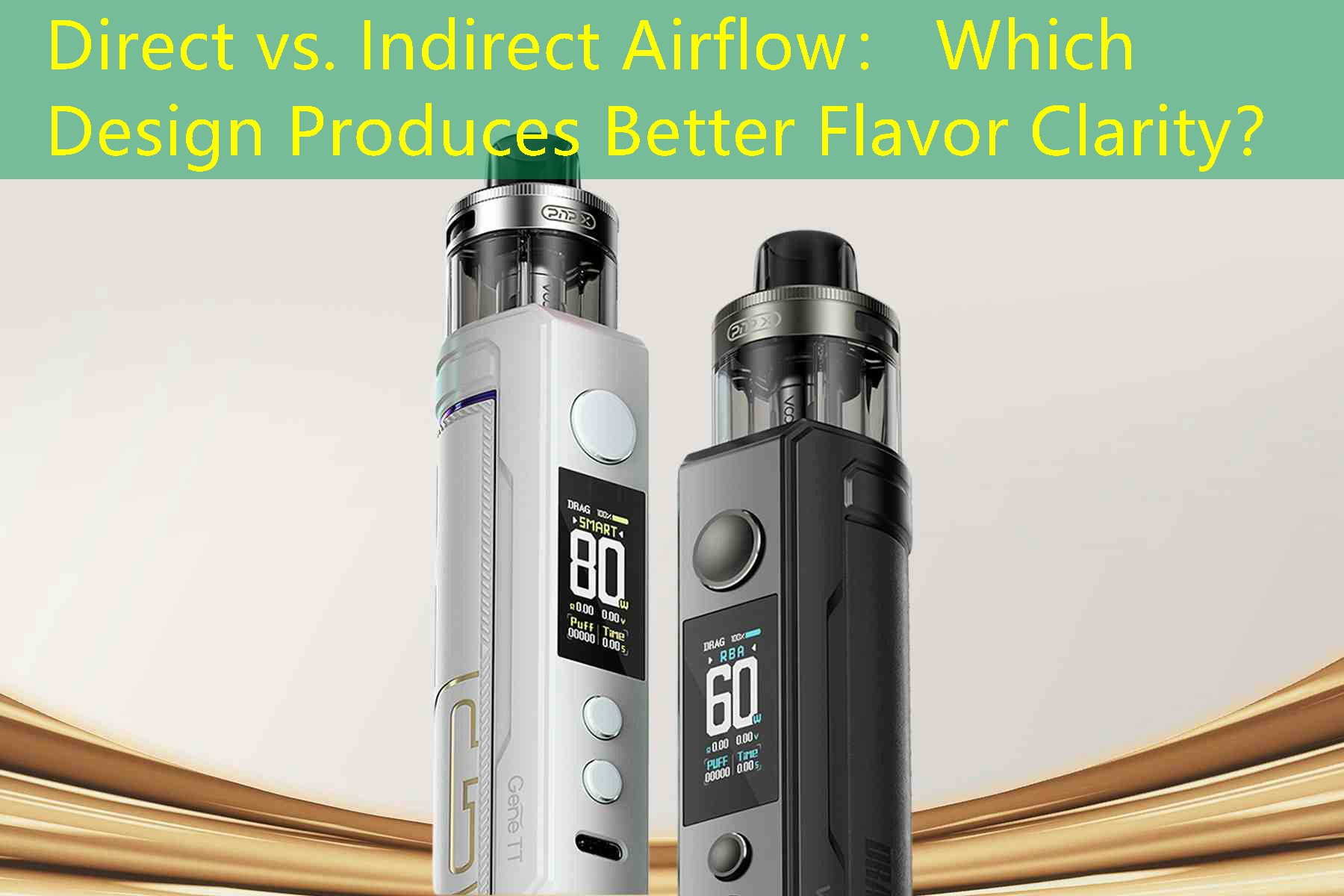
Both airflow systems come with their unique advantages and disadvantages.
For direct airflow systems, the pros include:
– Enhanced flavor clarity and richness
– Larger vapor production
– Quick heating and performance
Txawm yog, they may present cons such as:
– Potential harshness with certain e-liquids
– Less versatility for flavor adjustments
Indirect airflow systems, Ntawm qhov tod tes, offer:
– Smoother hits, ideal for novice vapers
– Greater adaptability for flavor variations
– Less harshness and throat hit
Yet, they might lack:
– Intensity in flavor clarity
– Volume of vapor production
Lub Hom Phiaj Tus Neeg Siv Nyiaj
Target users for direct airflow devices typically include experienced vapers and those who appreciate intense flavor experiences. They might prefer high-VG (Zaub glycerin) e-liquids to optimize cloud production.
Sib tham, potential users of indirect airflow devices range from novices to those seeking a more laid-back vaping experience. This demographic may lean towards high-PG (Propylene Glycol) e-kua, which tend to provide a smoother throat hit and lighter flavor profiles.
Hauv kev xaus, both direct and indirect airflow designs serve unique preferences within the vaping community. By analyzing these airflow systems based on specifications, kev ua kom zoo nkauj, Roj teeb lub neej, ua yeeb yam, thiab phiaj xwm txheej, users can make informed decisions that align with their vaping styles and preferences. Each design offers distinct advantages, ensuring a diverse vaping experience tailored to individual tastes.

